As a leader in inland waterway dredging, J.F. Brennan Company (Brennan) serves as a success story for hydraulically dredging and pumping sediments over long distances and changing elevations. The goal of most dredging projects is to maximize efficiency, which means maximizing the average percent solids in the pipeline. However, there is a fine balance between maximizing percent solids and surpassing critical velocity to transport dredge slurry. Therefore, a dredge operator must understand the importance of critical velocity and how it varies as the material in the dredge cut changes.
Critical velocity, in this case, is the minimum speed at which sediment and water (slurry) must be pumped to prevent the sediment from settling and subsequently plugging the dredge pipeline. Plugging the pipeline is the bane of any dredging operation and one of the few things that will set a dredge operator trembling in their boots. After all, if a pipeline gets plugged, the dredge must shut down, which means the entire project stops.

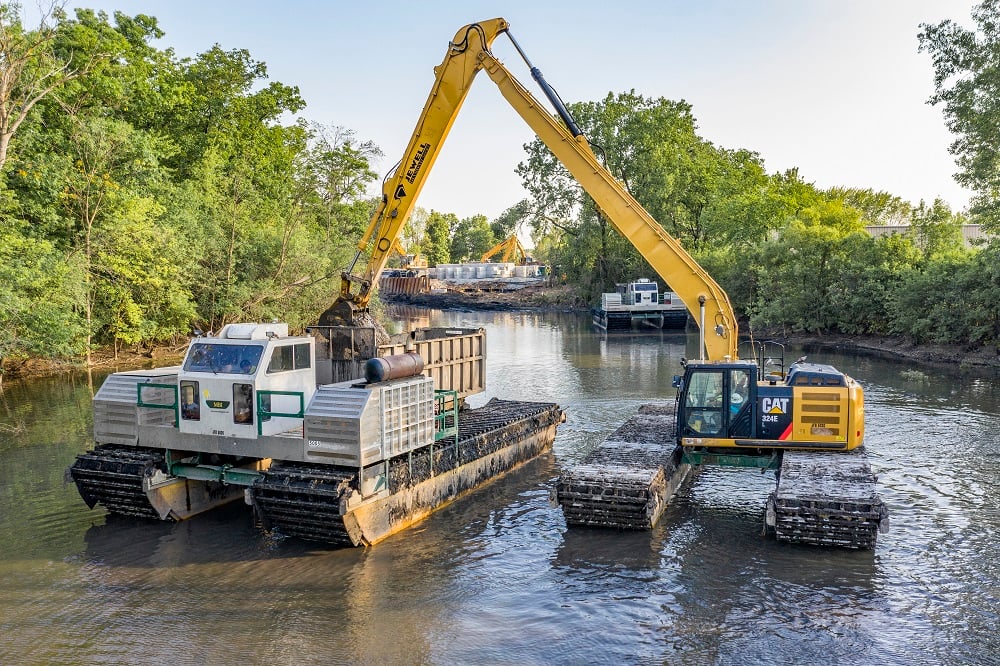
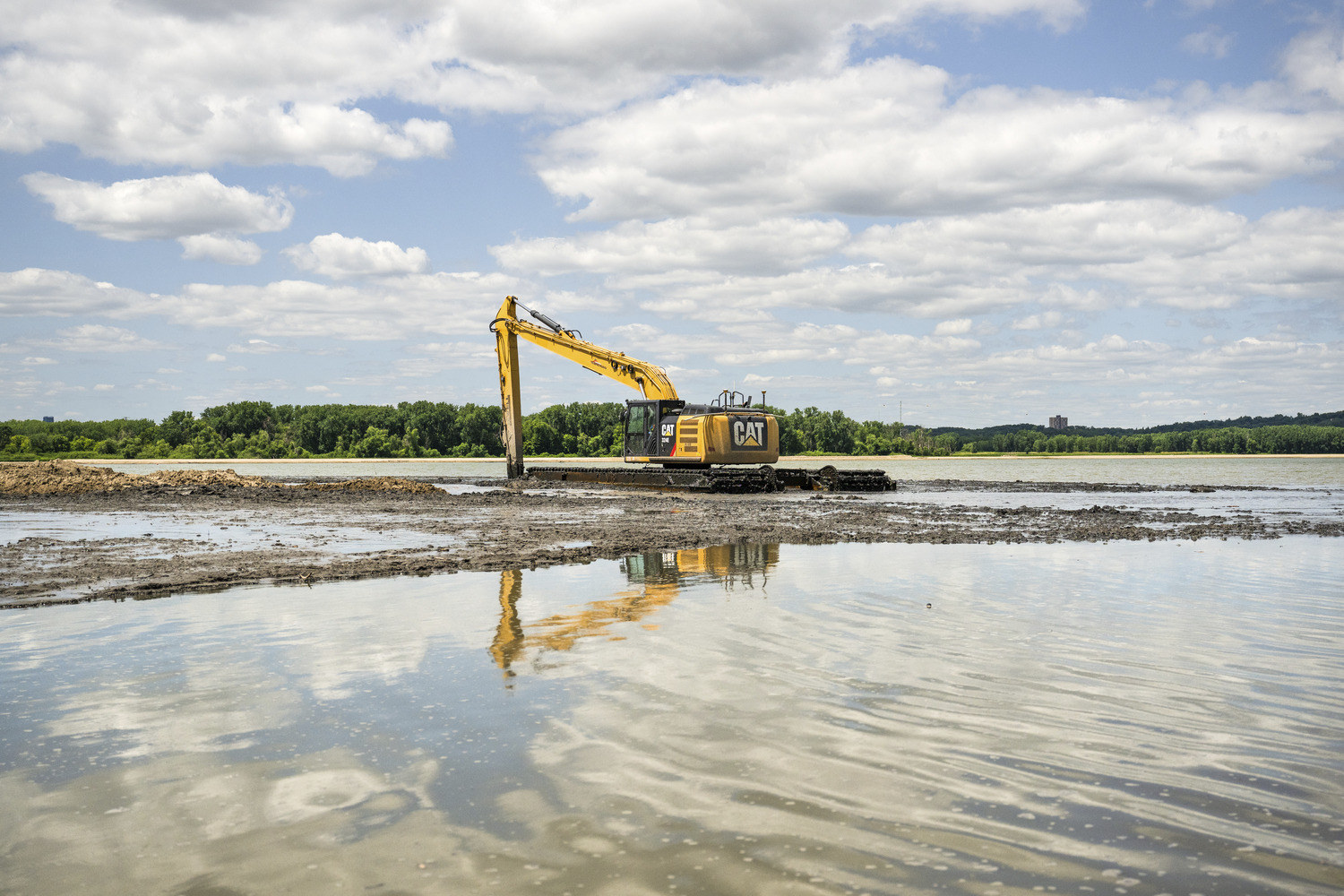
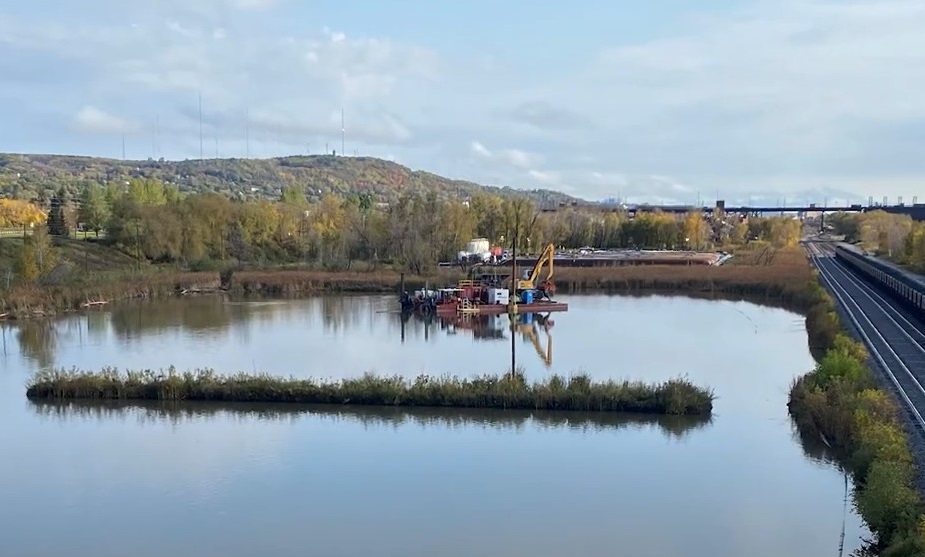
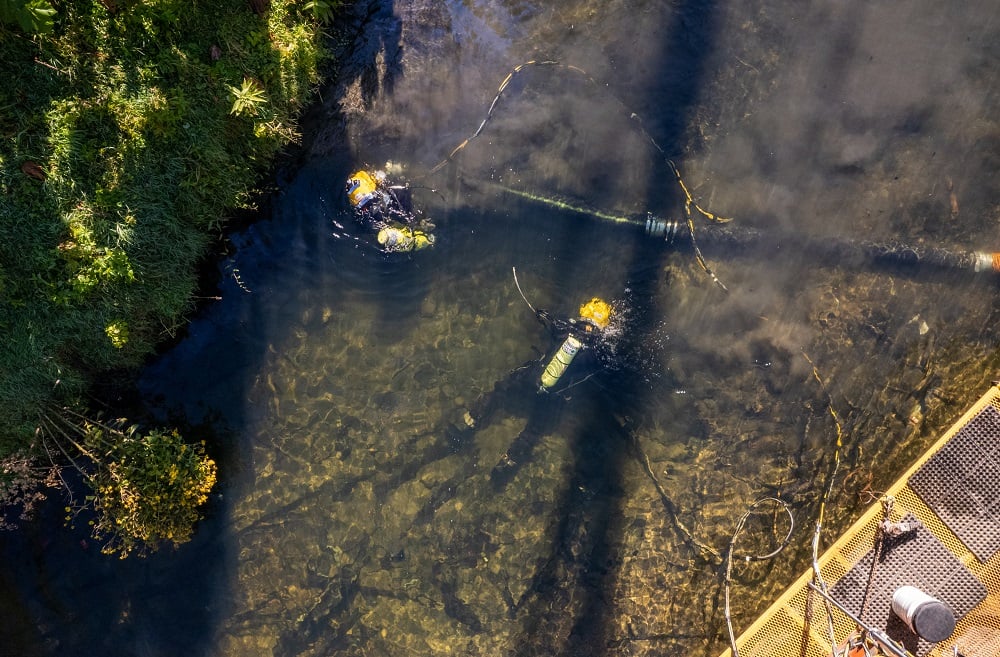
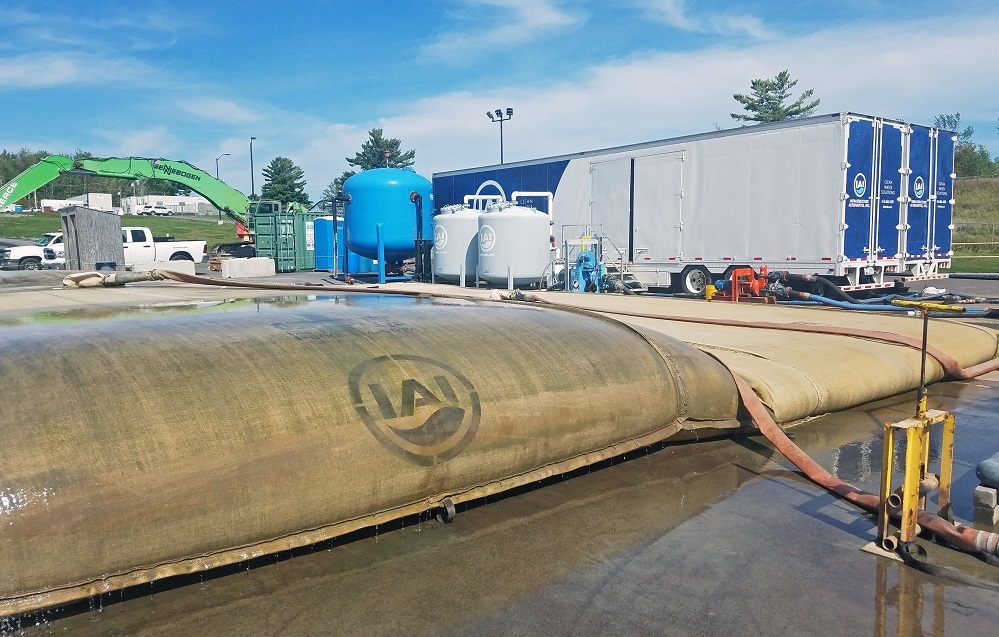
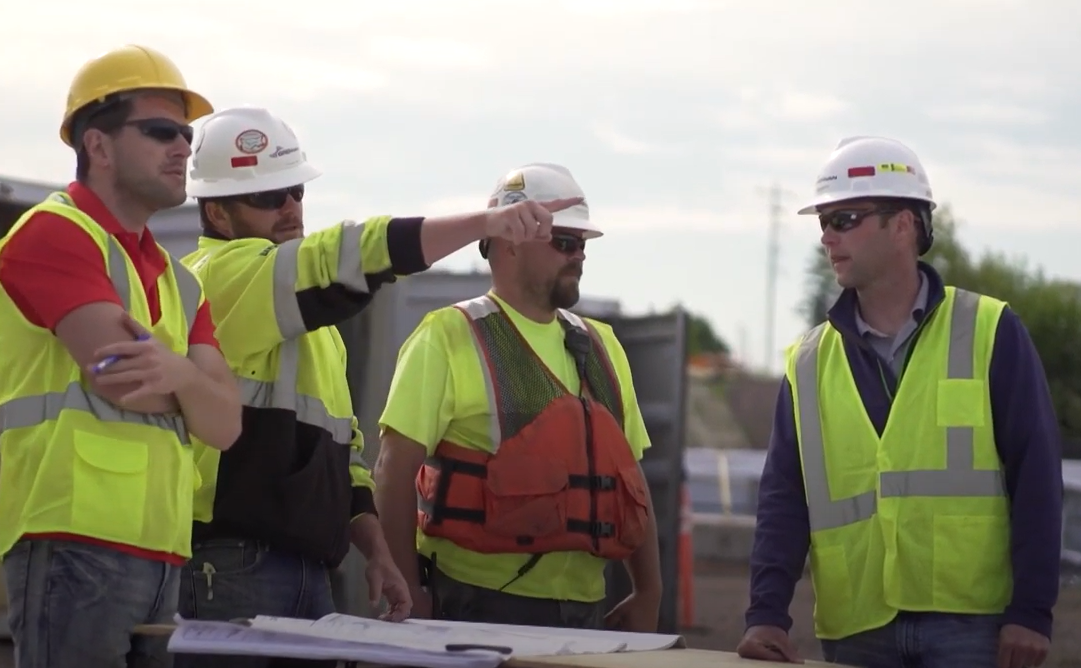
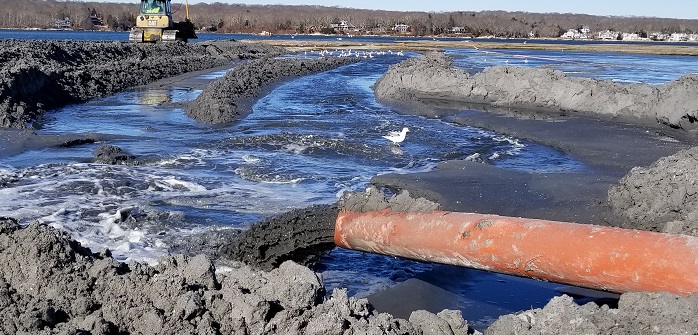
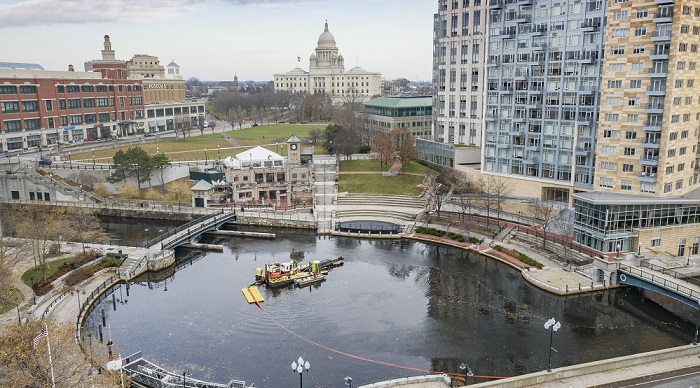
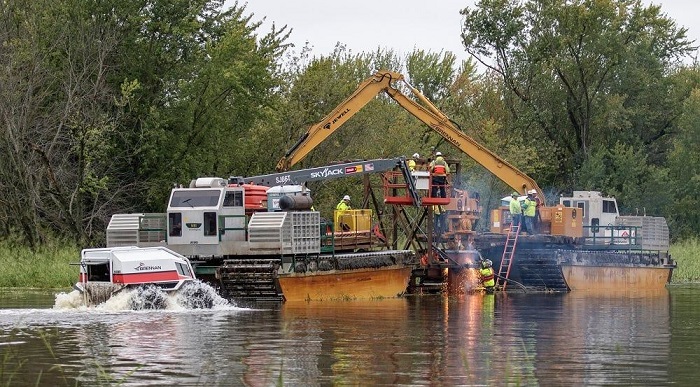

 Newer Posts
Newer Posts
